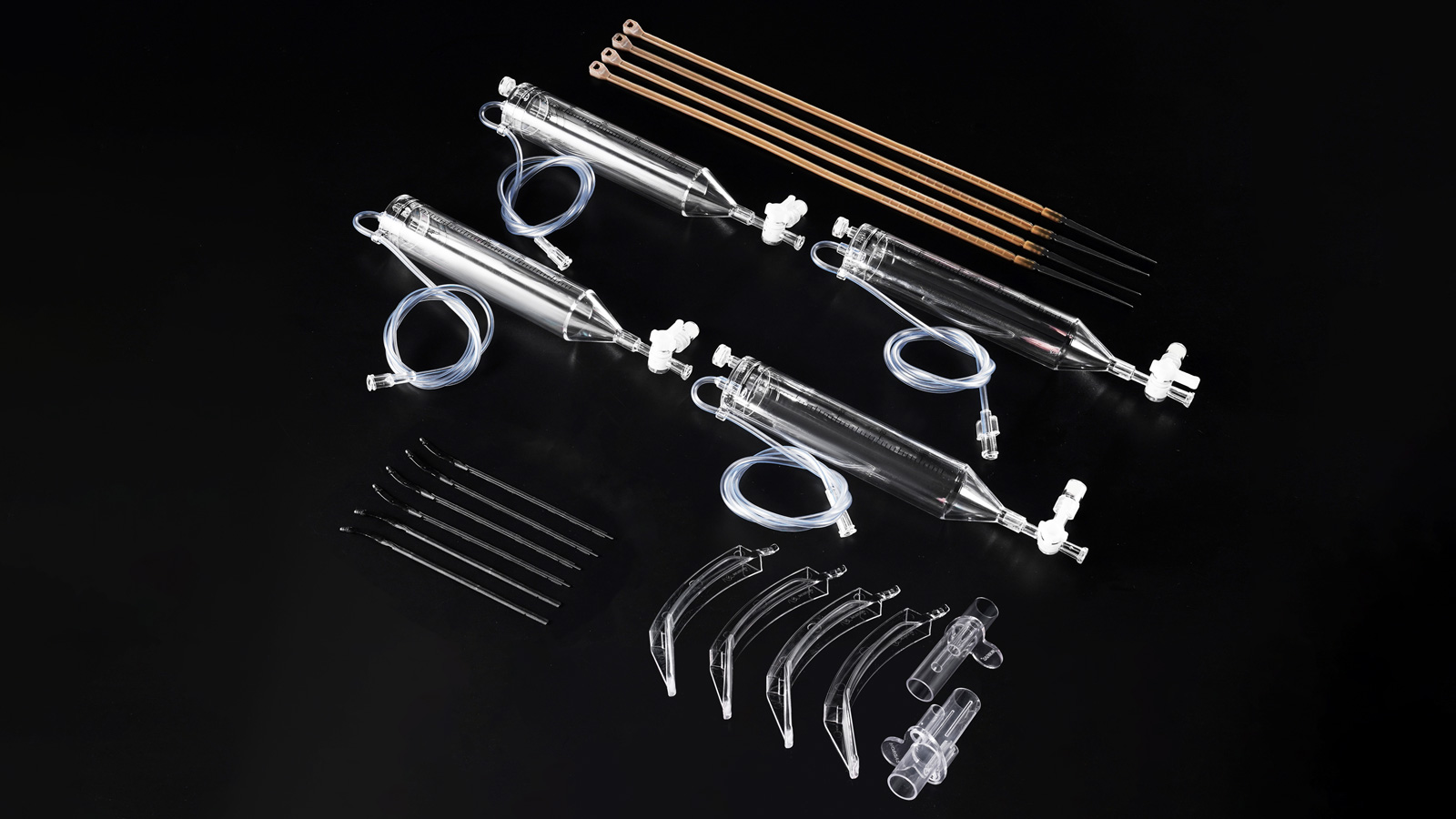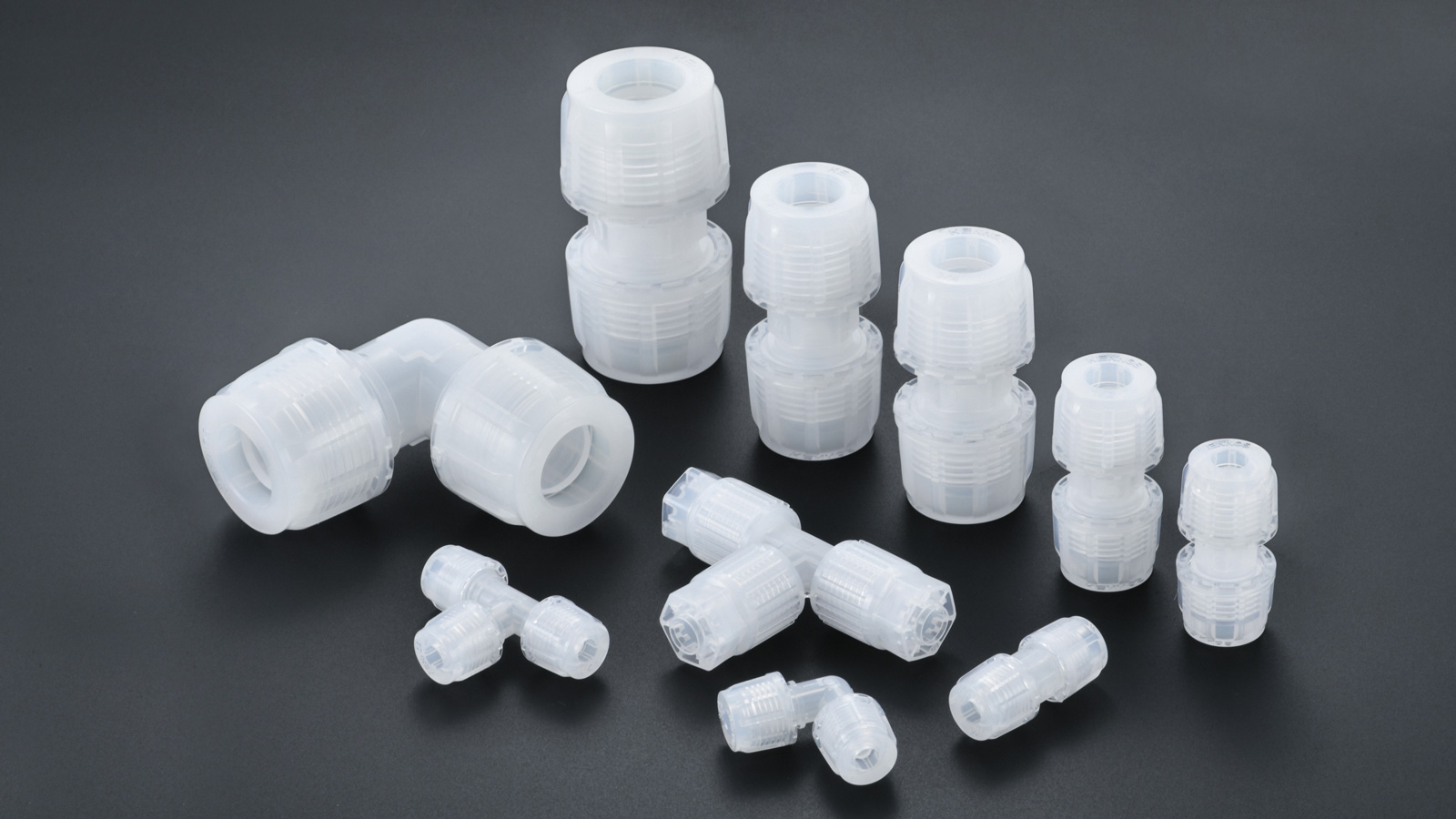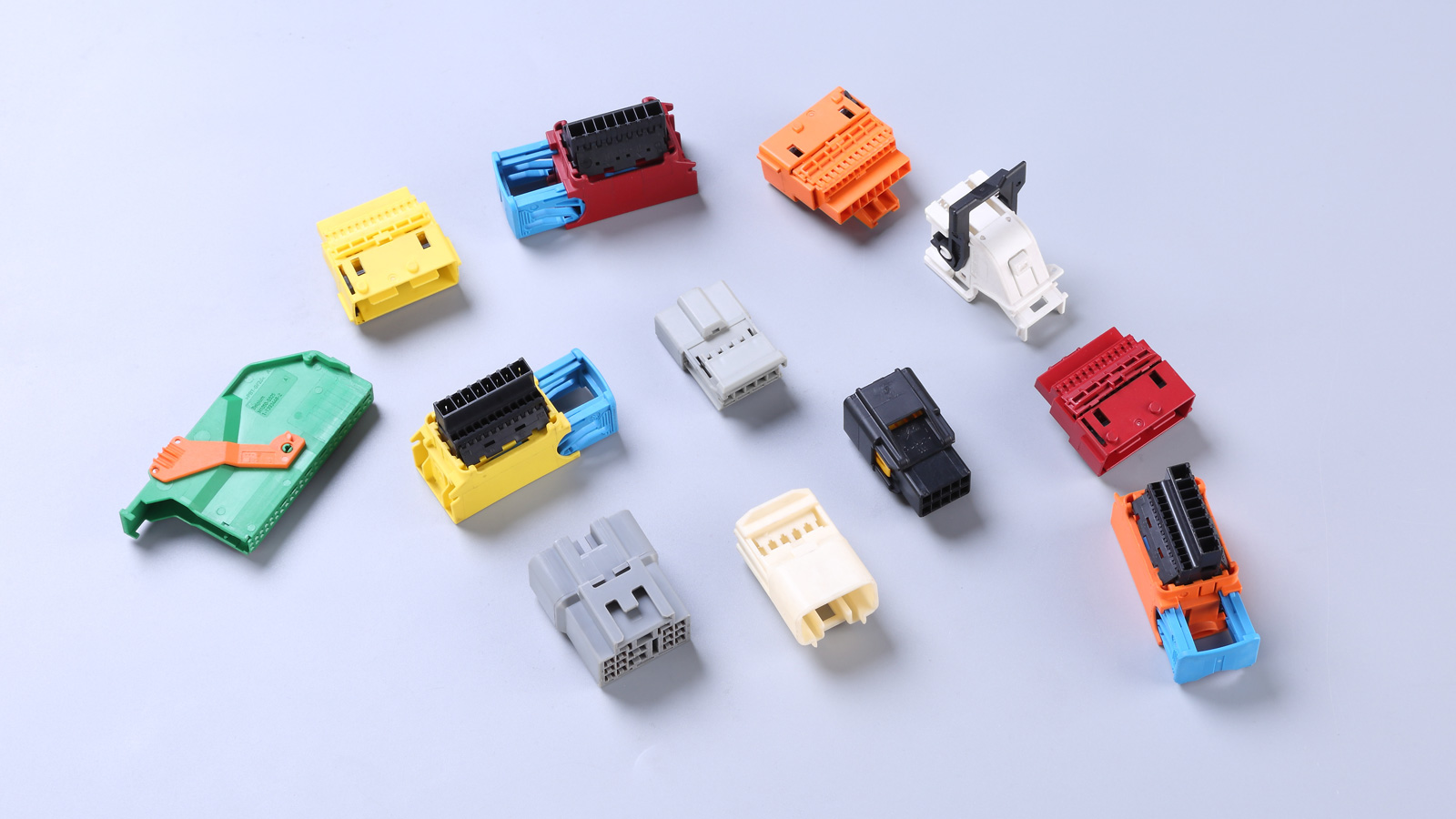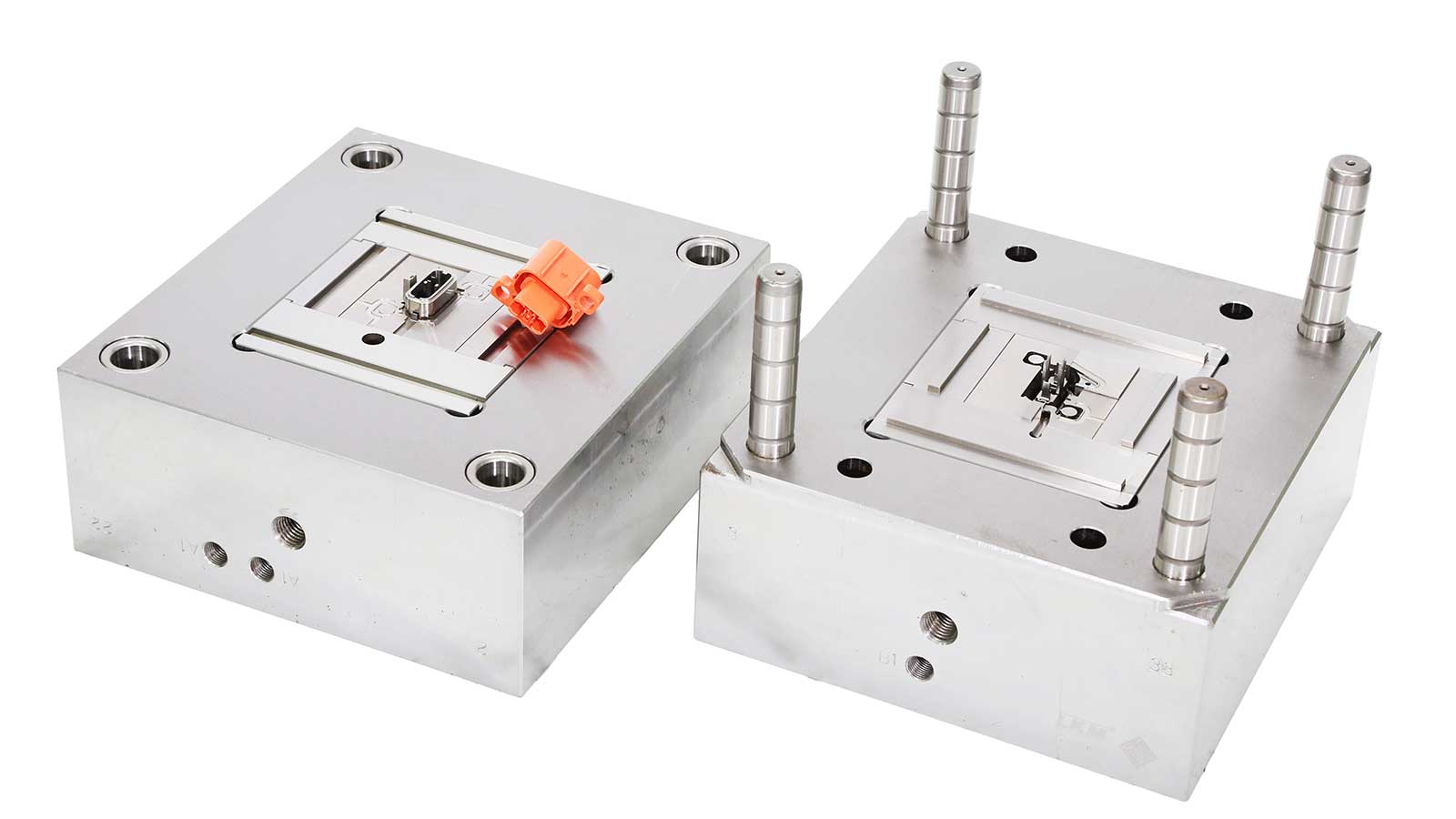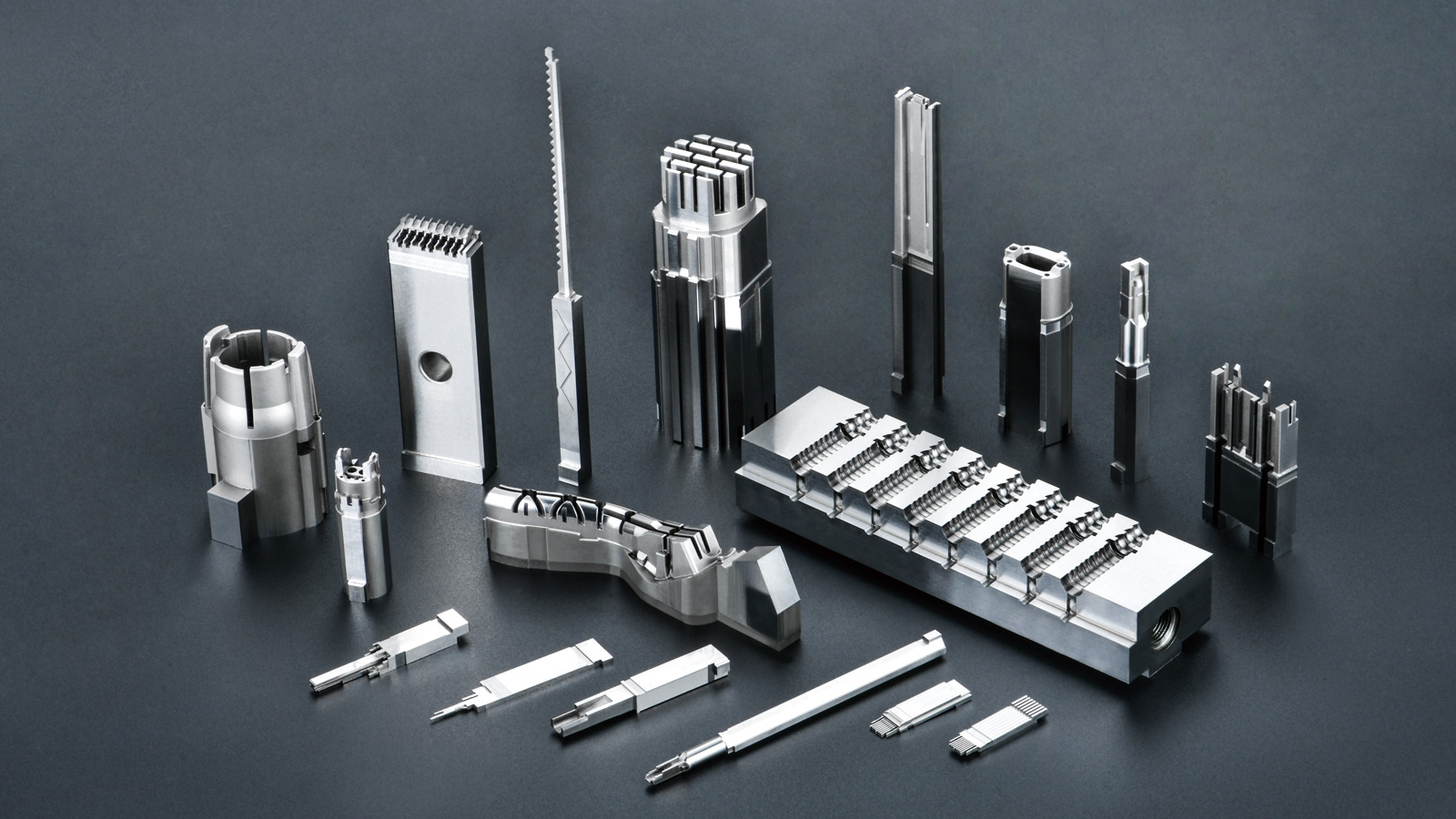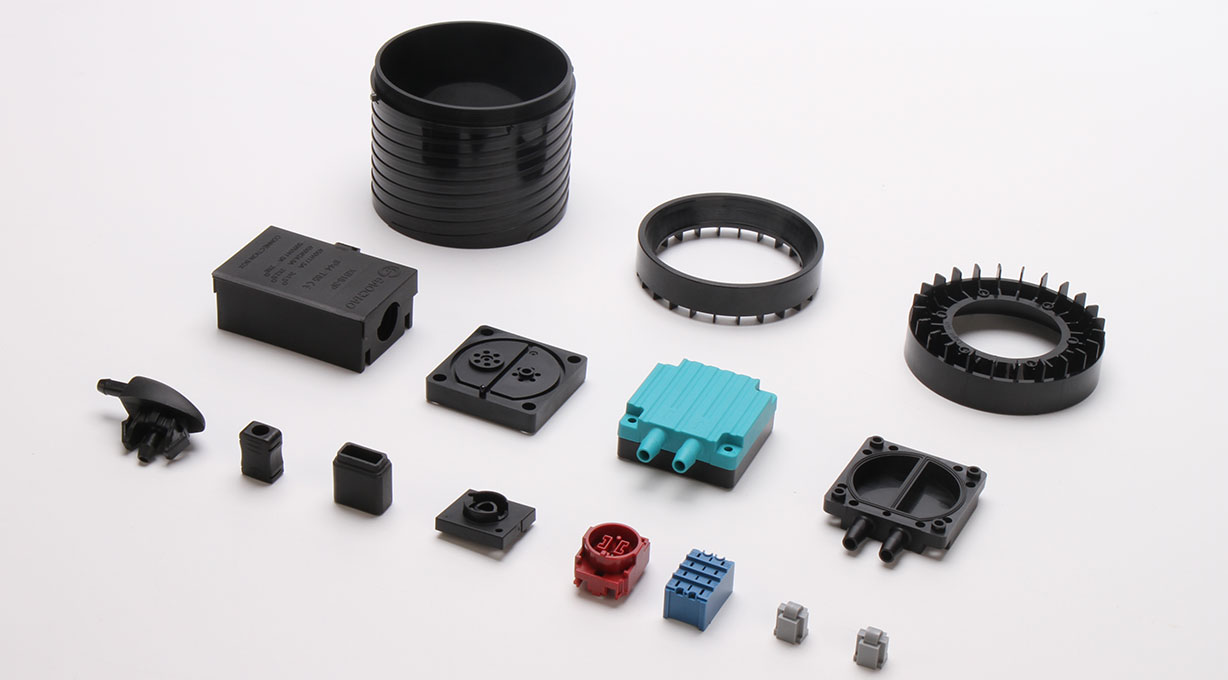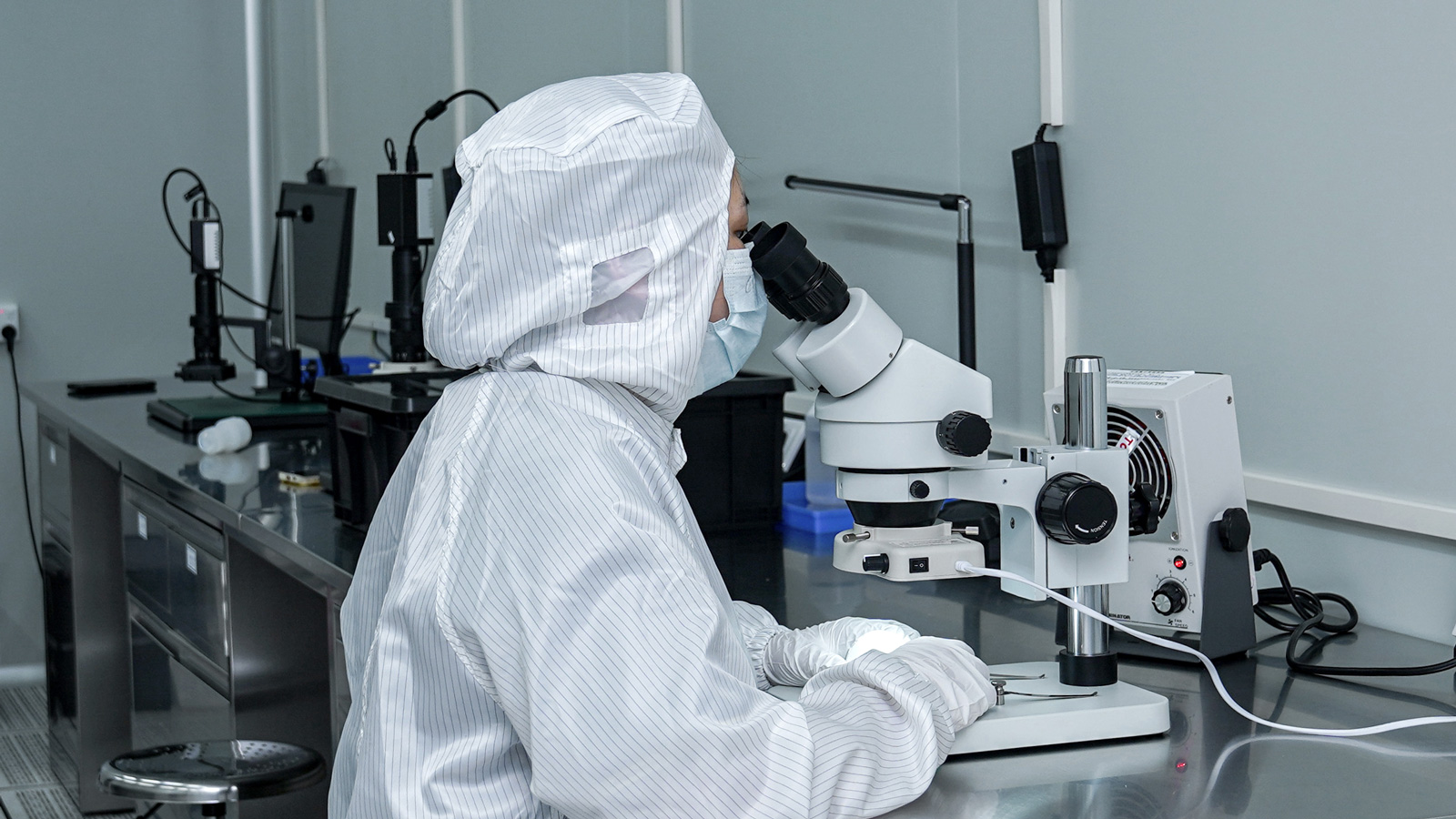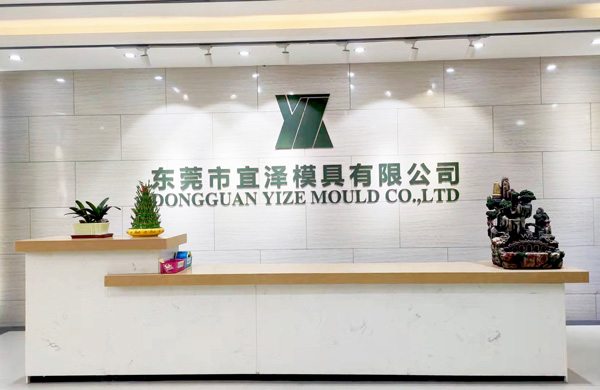In the field of injection molding, the whitening of products is a problem that cannot be ignored. It not only affects the appearance quality of the product, but may also damage the mechanical properties of the product. So, what factors lead to the whitening of injection molded products?
1. Analysis of the causes of whitening
First, improper force control during demolding is one of the important causes of whitening. When the demolding force is too large or the demolding is poor, the demolding pin will exert too much pressure on the product, resulting in local stress concentration and whitening. In addition, when the product is subjected to excessive load, it is also easy to whiten due to uneven internal stress distribution. It is worth mentioning that excessive demolding force caused by poor demolding is often the direct cause of whitening, and the whitened product may crack when subjected to slight external force.
2. Effective solution to the whitening problem
For the whitening phenomenon, we can start from the following aspects to make improvements:
Adjust the injection pressure: Appropriately reducing the injection pressure can reduce the internal stress of the product during the molding process, thereby reducing the risk of whitening.
Improve the finish of the mold cavity: Improving the surface finish of the injection mold cavity helps reduce friction during demolding, reduce damage to the product, and thus reduce the occurrence of whitening.
Optimize demolding design: When designing products, ensure that there is enough demolding slope, and the layout of the demolding pins should be balanced and reasonable to ensure a smooth demolding process and avoid excessive local force causing whitening.
3. The impact of material differences on whitening
Different materials exhibit different characteristics during the injection molding process. For example, ABS materials are more prone to whitening due to their specific physical and chemical properties. At the same time, plastic materials with poor fluidity are also prone to defects such as sintering marks during the injection molding process, and these defects are often accompanied by whitening.
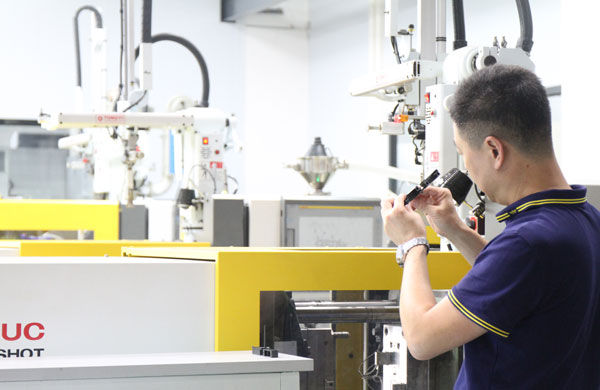
4. Precautions during injection molding
Consider whitening in post-processing: In the post-processing of ABS plastics, the whitening phenomenon that may occur in the product should be fully considered and corresponding preventive measures should be taken.
Avoid sintering marks caused by release agents: The sintering marks caused by release agents in injection molded products are easy to separate, which increases the risk of whitening to a certain extent, so they must be avoided.
Risk of breakage at sintering marks: Places with sintering marks are often prone to breakage and other phenomena, which require special attention during product design and production.
Distinguish sintering marks from cracks: In order to accurately distinguish sintering marks from cracks, ink can be applied to the product for quick distinction.
Defect prevention and control at sintering marks: Defects such as flash are prone to occur at sintering marks, but dents are relatively rare. The prevention and control of these defects should be strengthened during the production process to ensure product quality.
In summary, the whitening phenomenon of injection molded products is a complex and diverse problem that requires comprehensive consideration and resolution from multiple aspects. By optimizing the demoulding design, adjusting the injection pressure, improving the mold cavity finish, and paying attention to material differences and details in the processing process, we can effectively reduce the occurrence of whitening and improve the quality and stability of injection molded products.
